Here's What It Looks Like to Live in Affordable Housing—and the Designer Trying to Change It
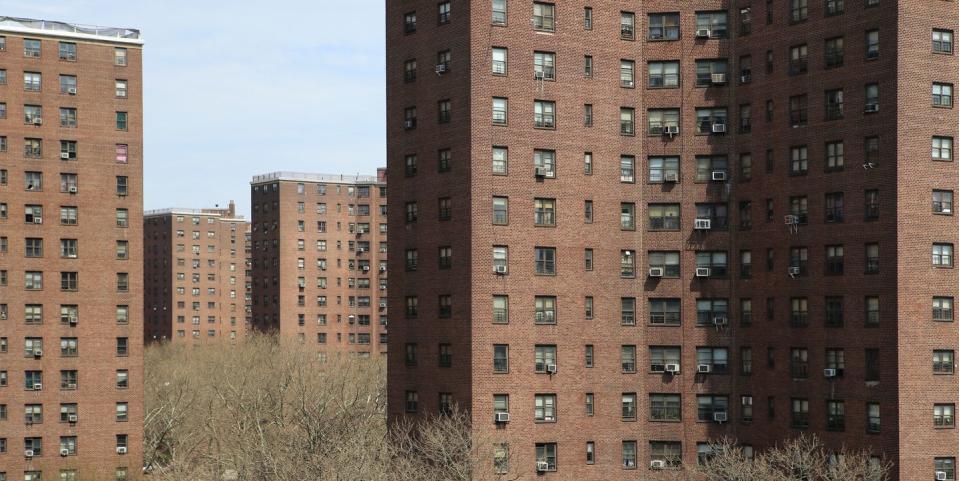
Kia Weatherspoon, the founder and president of Determined By Design, didn’t set out to be a designer with a focus on affordable housing and communities in need. However, the mission of her Washington, D.C.–based firm has become designing beautiful dwellings for those who are not only financially disadvantaged, but also disadvantaged by a lack of beauty in their homes. And she currently seems to be one of few—or any—championing the cause.
“A lot of times people don't understand what I do and think it's just about furniture and pillows, but it's so much more,” Weatherspoon says. "Other firms aren’t doing this, and that’s not me speculating. I listen to developers, I look at housing projects from the last few years, I look at counterparts’ market-rate luxury work, and this is how I know people aren't fighting for this.”
What Is Affordable Housing?

The U.S. government’s definition of affordable housing is housing for occupants who pay no more than 30 percent of their gross income toward housing costs, including utilities. This type of housing is geared to the many low-to-median-income families who may not be able to pay for food, transportation, or other necessities without access to this type of housing.
The District of Columbia Housing Authority, where Determined By Design is based, serves 50,000 qualified residents through traditional affordable housing, tenant- and project-based housing vouchers, and mixed-income properties. Out of those 50,000 residents, more than 15,000 are children, more than 6,000 are seniors, 10,000 are disabled, and a little more than 1,000 are veterans.
“Every major-metro-area politician is talking about how cities need more affordable housing; it's on the tip of everyone's tongues,” Weatherspoon says. “What they don't realize is that it often takes decades for affordable housing to be designed, built, and developed due to the bureaucracy of funding, NIMBYism [not in my backyard-ism], and so many other things.”
While she says some housing projects have improved over the years with more aesthetically pleasing architecture, she still sees a lack of thoughtfulness in the interior design. Many of the tenants of affordable housing communities spend all day in poor conditions just to come home to poor conditions.
“The way these communities are built will project a level of worth or value for decades to come,” she says. “It’s a social and design issue, and that's what people need to understand. When the pandemic was at its height earlier this year and our heroes were grocery store workers...these heroes are the same ones who need affordable housing.”
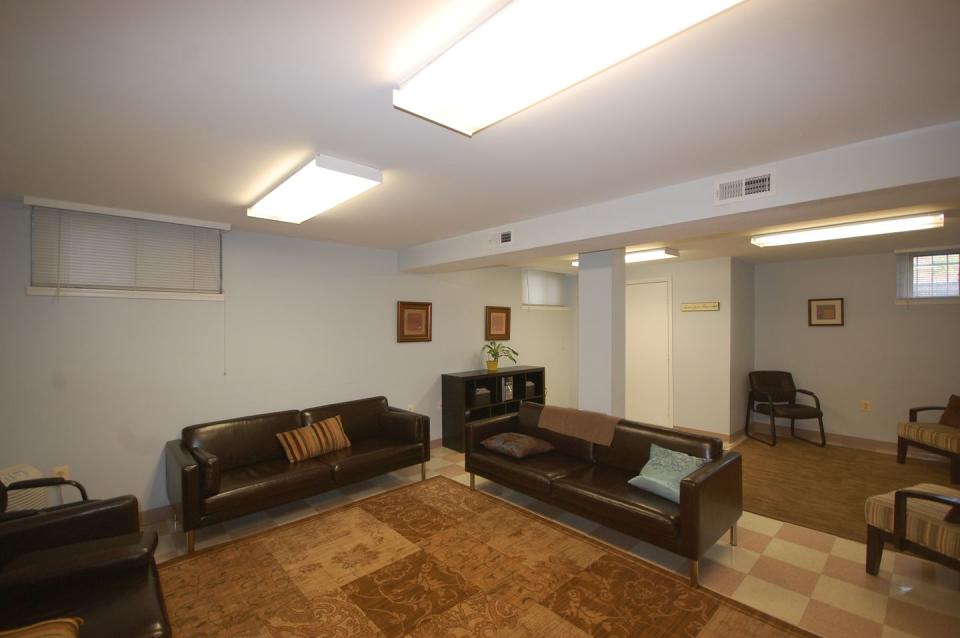
Weatherspoon says a lot of affordable housing looks the same because policies haven’t changed much in years. Materials, colors, and cabinetry that were selected in the '60s are often still used.
“If you look for older affordable housing, you'll see a few things: mustard yellow checkerboard floors, plastic laminate countertops, brown cabinets with a dinky four-inch square silver pole, hideous vanity lights, institutional vanity mirrors with stainless steel edges,” she says. “And it’s all one base paint color throughout the unit because the cost is too important to have the ceilings one color and the walls another. This paint is also from 20 or 30 years ago, and much of it still contains lead and asbestos.”
She wishes more people would ask themselves if they would want to live in that building or if they would want their mother, sister, or daughter to live there.

Beauty Is a Right, Not a Privilege
“When you find out you’re interested in design, the things you immediately find are luxury and hospitality, so I think I started there because that’s what I saw and what the industry presents to us,” says Weatherspoon. “It was through reading magazines that I saw my first ever design idol, Deborah Forrest of Forrest Perkins, who designed the most beautiful boutique hotels. It was more about beautiful spaces than actual luxury—and I loved seeing this petite woman running the show.”
Weatherspoon worked in the hospitality management industry for a few years and earned her formal interior design degree, where she says her eyes were opened to design in a more philosophical, artistic way. It was also in school where she discovered multifamily design.
“I was still enamored with multiunit-type spaces: They were fast-paced, there were fast deliverables, but there was no passion,” she says. “I was becoming disenchanted with my job but not the craft. It was more so with the burnout culture of it, and I knew I loved these multifamily buildings. That’s when I started Determined By Design. Your passion can lead you to your purpose, and I realized starting this was a game-changer to understanding that my space mattered when I was in the military, it mattered when I was visiting my brother in prison facilities, and it matters for everyone.”
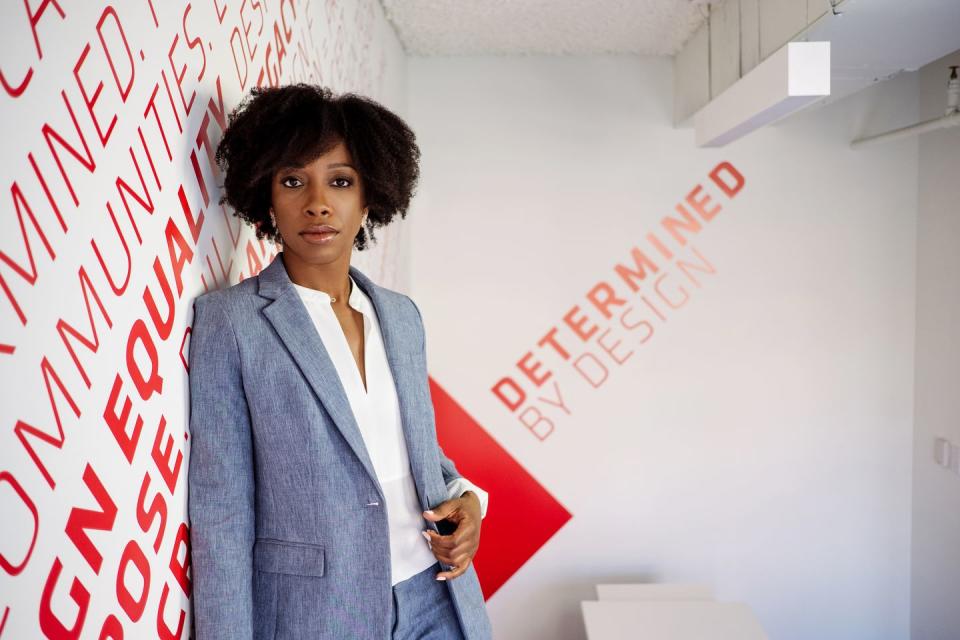
One of Determined By Design’s first projects was a transitional building for female domestic violence survivors, which changed Weatherspoon’s life forever and helped her form the mission of her business: offering good design to those who need it most.
“[They] didn't even realize they needed or deserved a beautiful space,” she says. “When you truly listen, a different conversation unfolds. It went from ‘we don't need this” to ‘wow, I thought I could only see this on TV” to “is this something I could do one day?” and “I realized change is possible for me.” That's when I knew people who need design the most don't know they need it, and they need an advocate. This is not about leaving the luxury design space but rather going back to design being about the people and ensuring the people have access to it.”
Since then, Weatherspoon has been a design advocate for veterans like herself and low-income families, and even for a retail space that specializes in helping women who have undergone mastectomies find undergarments made especially with their changed bodies in mind.
What Does It Mean to Be a Design Advocate?
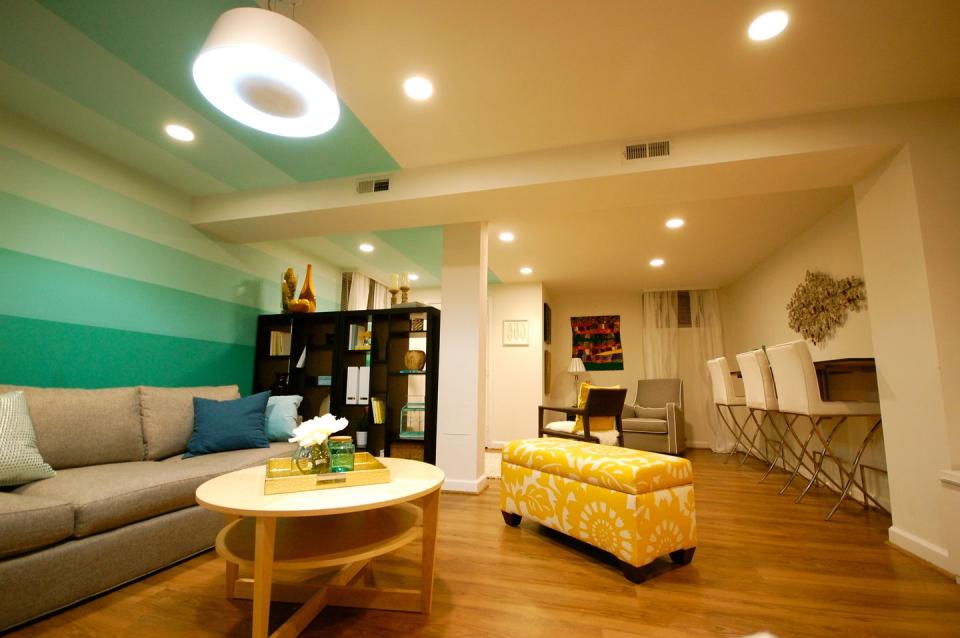
“It starts with having to acknowledge that the disparity exists,” Weatherspoon says. “Understand that it’s not about having a ‘savior complex’ but rather finding community organizations with diverse team members. Most of our industry is white, so my biggest concern is having a bunch of white designers going out and getting frustrated. You have to show up and be willing to bring in people who reflect the community's makeup with you, not just yourself. That's how you start to intentionally engage in design advocacy and equity and actually do the work.”
Weatherspoon has helped make this easier for designers, architects, and others who want to replicate her mission within their organizations and throughout their cities because she can’t do—and doesn’t want to do—every project. She hosts seminars to educate designers on her mission and how to do the work. Her biggest fear is that people are going to get excited about change but not take the time or select a diverse group to help do the project right, which will just continue the same problems that permeate in affordable housing design today.
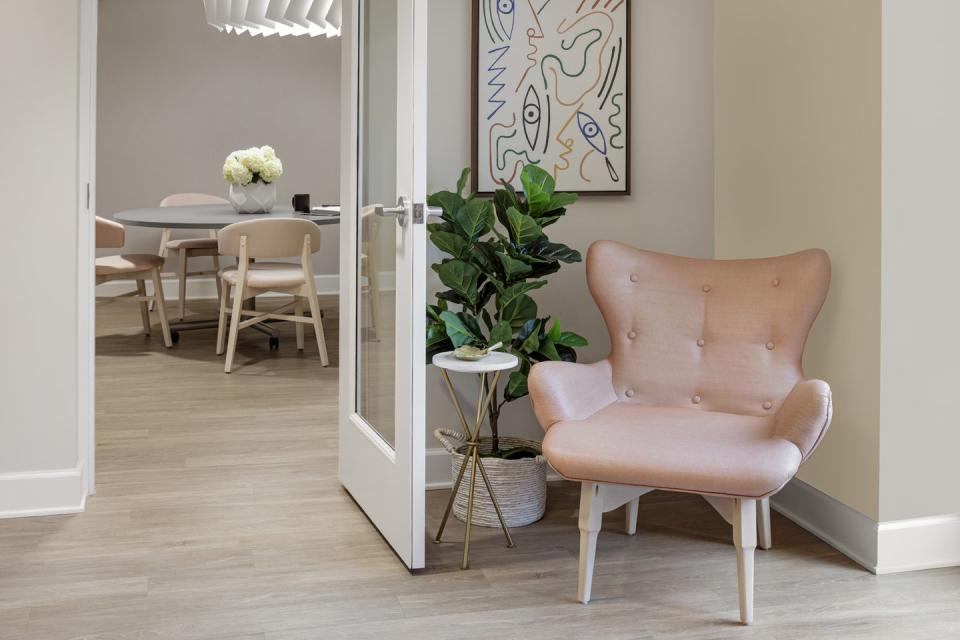
“People always say about these spaces that they want to make them feel ‘dignified,’ and I always say that making a space ‘dignified’ is not enough,” she says. “White people don't ask for that, and we should ask for more. We can't accept the status quo when an organization says you are making it ‘too nice’ for these people or that this demographic doesn't need soft seating or granite countertops or nice things. Design advocates fight for the people to ensure they don't get the same base flooring and warm yellow lighting in common rooms and laminate countertops. They fight for every little bit of materiality to be equal or greater than market rate or luxe counterpart. They don't see a need for difference in outcome based on socioeconomic standing or status.”
Weatherspoon says one of the biggest misconceptions about her business, besides it only being about furnishings and light fixtures, is that people assume she needs donations to survive. In reality, she doesn’t need any monetary assistance: She never has to go over-budget and many of her projects have actually come in under-budget simply by stepping outside the status quo and being mindfully creative.
“I have a $20,000 backlit, cool-edge, illuminated light system with custom metal panels that you’d see in a hotel lobby in one of my projects. I don’t need a handout. I need designers who can create with intentionality and the right manufacturers,” says Weatherspoon. “I need them to know how to look at the history of a community, extract it, and turn it into a design element.”

The Future of Interior Design
Though Weatherspoon is hard at work reversing decades-old (and current) haphazardly designed buildings and interiors for those in need of a beautiful, safe space to call home, she believes that the future is bright.
“The future of design is all about intentionality when it comes to making sure it's not the same old design vernacular,” Weatherspoon says. “You’re seeing this embracing of more ethnic textiles, cultures, and aesthetics, not because we should, but because that's the origin of some of the most beautiful patterns and materiality. The next generation [of designers] is really grasping this.”
Her latest project, Capitol Vista, an affordable housing complex in D.C., is a huge feat, as it’s all-new construction and proof that these dwellings can be beautiful while remaining under budget.
“I’ll put it this way: Your mom gives you an allowance to go shopping, so you go to Saks and Nordstrom, and then she says that your family doesn’t have that type of money and you need to go to Marshalls or Ross instead. This happens all the time in major commercial projects, so Capital Vista is so special because it is all new, and we don't have to get a single fixture, finish, or material we don’t want. Residents kept coming in and asking if all this was for them. When they can't believe something so nice is for them, that’s what makes it so special, when they are so enamored that something like this would be theirs. Every project has that moment where people ask if this is actually affordable housing.”
Weatherspoon is excited about the people entering into the industry right now, as she feels they want to make a social impact as much as they want to create beautiful spaces, and that the notion of design being just for the affluent isn’t in their vernacular.
“Shelter is a necessity, and the way it's adorned is a necessity. It should be beautiful and comfortable. Period."
You Might Also Like

